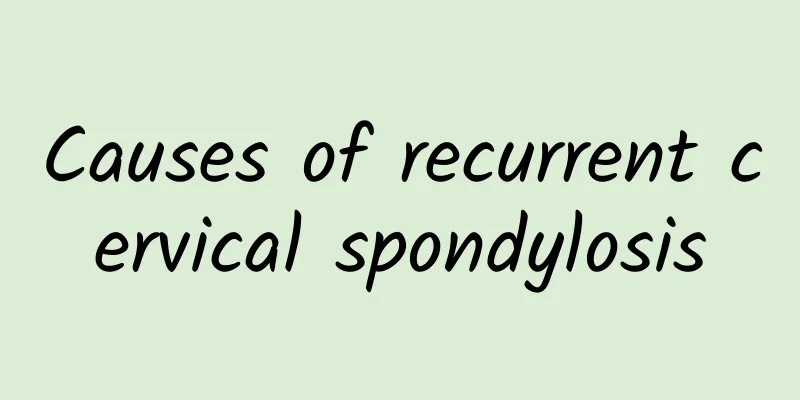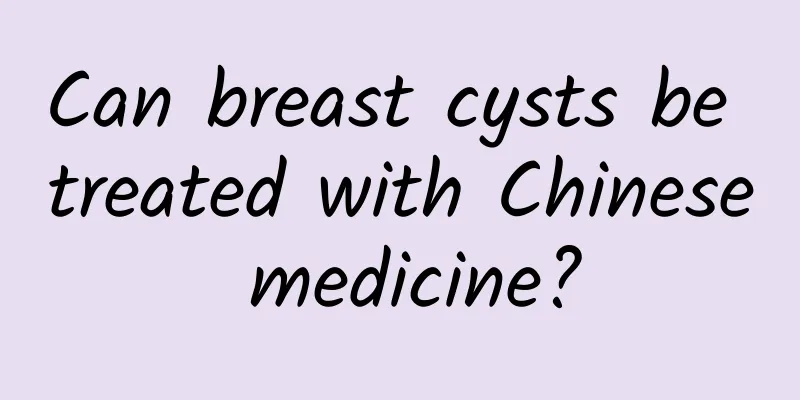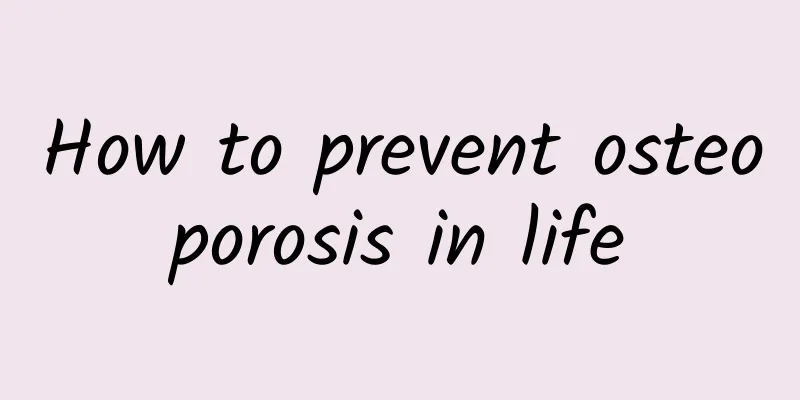Causes of recurrent cervical spondylosis

|
The main reasons for the recurrence of cervical spondylosis include genetic factors, long-term bad posture, cervical trauma, aging, chronic inflammation, etc. Recognizing these factors and taking corresponding measures can effectively reduce the chance of recurrence. 1). Influence of genetic factors Cervical spondylosis has a certain genetic tendency. If someone in the family suffers from a similar disease, the individual may be more susceptible. Genetic factors can affect bone metabolism and the rate of cartilage degeneration, so high-risk groups need to pay special attention to cervical health, maintain a correct sitting posture, and avoid excessive neck stress. Regular physical examinations, especially when the family history is clear, can help detect problems in advance and intervene. 2). Long-term bad posture Maintaining bad postures such as lowering the head and hunching the chest for a long time will cause chronic damage to the cervical spine and promote the recurrence of bone hyperplasia. Especially when sitting in front of a computer for a long time, playing with a mobile phone for a long time, or doing work that requires repeated use of the neck strength, the burden on the cervical spine increases, increasing the wear of soft tissues, thus causing recurrence of bone hyperplasia. In order to reduce the lesions caused by posture problems, the following points should be done: -Move your cervical spine every 30 minutes of continuous work, such as doing the "M" exercise. - Adjust the height of your computer so the screen is at eye level. -Use an ergonomic chair to support your neck. 3). Accumulation of cervical spine trauma Cervical vertebrae bone hyperplasia is sometimes related to trauma, including acute injuries caused by car accidents and falls, or small-scale strains over the years, which can cause uneven joint surfaces and stimulate excessive bone hyperplasia. When trauma occurs, standardized treatment should be carried out as soon as possible, such as wearing a neck brace to avoid secondary injury. Rehabilitation training should also be carried out scientifically to avoid excessive force. 4). Aging and degeneration As we age, bones and cartilage gradually degenerate, the elasticity of the cervical spine decreases, and the intervertebral disc shrinks, which makes bone hyperplasia prone to recurrence. People over 40 years old need to pay special attention to this problem. Adjusting lifestyle, such as increasing the intake of calcium-rich foods (such as dairy products and dark green vegetables) and getting more sun to increase vitamin D, can slow down the rate of bone decline. 5). Chronic inflammation and its inducing factors Long-term inflammation of the surrounding tissues of the cervical spine can also lead to repeated growth of bone spurs. For example, the inflammatory secretions of patients with intervertebral disc herniation will aggravate the degeneration of soft tissues. When discomfort is caused by inflammation, non-steroidal anti-inflammatory drugs (such as ibuprofen) or topical anti-inflammatory ointments should be taken under the guidance of a doctor. Local hot compresses can relieve the discomfort caused by inflammation. The recurrence of cervical spondylosis is often the result of multiple factors. Early detection and early prevention can reduce the risk of recurrence. After the cause is identified, actively adjusting posture, preventing trauma, and managing chronic inflammation, combined with proper diet and exercise, are the key to controlling the deterioration of cervical health. If symptoms continue to worsen, you should immediately go to the orthopedics or rehabilitation department of the hospital for professional treatment. |
<<: How to treat 15-year-old rickets with severe bone deformation
>>: What causes thyroid tumors?
Recommend
Why do women get kidney stones?
Kidney stones are generally related to lifestyle,...
What is thyroid tumor?
Thyroid adenoma is a mass formed by abnormal grow...
What tests should be done for gallstones?
Detection of gallstones usually requires imaging ...
Is sinus rhythm normal?
Sinus rhythm refers to the rhythm of the heart un...
What is the best medicine for perianal abscess?
Perianal abscess is a disease that requires timel...
What is strangulating intestinal obstruction
What is strangulating intestinal obstruction? 1. ...
What to eat for babies with ventricular septal defect
As a congenital heart disease, ventricular septal...
Which department should I go to for examination of my baby's ventricular septal defect?
Your baby's ventricular septal defect needs t...
Is fever with perianal abscess serious?
Fever caused by perianal abscess usually means th...
Are there any sequelae after congenital heart disease surgery in children?
Children may have some sequelae after congenital ...
Is minimally invasive surgery better for perianal abscess?
Treatments for perianal abscesses include minimal...
What should I avoid eating when I have breast cysts?
Patients with breast cysts should pay attention t...
What causes congenital heart disease in the fetus?
The treatment of fetal congenital heart disease r...
How to Treat Varicose Veins in the Legs
There are many ways to treat varicose veins in th...
Is hydronephrosis serious? What causes it?
Hydronephrosis can be serious and can lead to imp...









